The water in the system will be crystal clear! Features of filters for heating
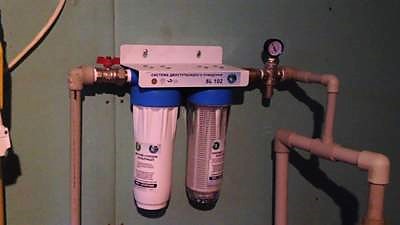
Filters for heating systems ensure the quality of the coolant inside the circuit.
This prevents the formation of rust on the steel elements of the structure, which extends its service life.
They are divided into coarse filters, fine filters and magnetic devices.
What are home heating system filters?
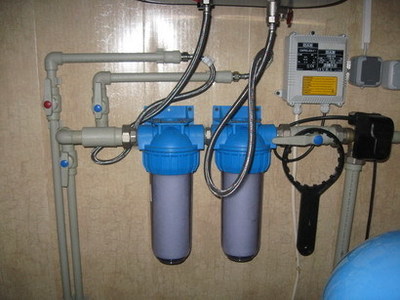
Such devices have another name - mud collectors. Externally, they represent a pipeline expansion unit with a change in the direction of liquid flow and with a special mesh.
She prevents further movement of suspended particles through the pipelineThe devices are installed in such a way as to allow easy maintenance.
Types of devices
By degree of purification mud collectors are classified into several types.
Coarse cleaning. What is a filter-sedimentation tank?
The coarse cleaning device is a corner mesh filter. with a mesh of up to 300 µm-microns. The device is also equipped with a drain in which dirt accumulates. Such a product is designed to clean the coolant from large and small fractions.
Design
Depending on the design, they are distinguished several types coarse cleaning mud collectors:
- By connection method devices with a pipe. A distinction is made between flanged, welded and threaded devices.
- By location on the structure. This is a horizontal and vertical device.
The mud collector is made of brass, steel and plastic. The first option will withstand elevated temperatures. The steel device wears out quickly. The plastic product can only withstand relatively low temperatures. up to +90 degrees Celsius.
One of the types of coarse dirt collectors is filter-sedimentation tank. This is an improved design, equipped with a flask. It is located at the bottom of the device. When a large amount of dirt accumulates on the grid, it falls down under the force of gravity. Due to this, such debris accumulates in the flask, and does not get into the radiators.
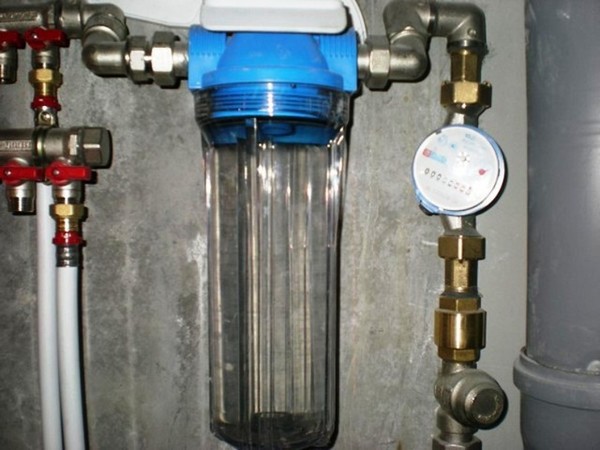
Photo 1. Coarse filter-sedimenter for heating systems. Contaminants from pipes fall into a special flask.
The design is also being improved separator. It accumulates air, which gets inside the circuit. When its level reaches the limit, a valve opens on top of the device. After that, the air leaves the system, which prevents the formation of air locks.
Operating principle
There is a mesh inside the filter. This the element blocks the inlet, through which the coolant moves. During the passage of liquid through the mud collector, fractions of medium and large sizes are cut off. After that, they move to the outlet. Due to this, a relatively clean coolant enters the radiators.
Advantages
Improved designs have the following advantages:
- Thanks to the flask, there is no need to remove the device to assess the degree of its filling. The assessment is carried out visually.
- A tap is fixed at the bottom of the device. Dirty water is drained through it.
- The filter removes air from the system, which prevents rust from forming. This extends the life of the circuit.
Place and installation features
The installation location of the device depends on what heating system is it used for. For autonomous circuits, it is mounted at branch points, on the return line before connecting to the boiler and on bypasses.
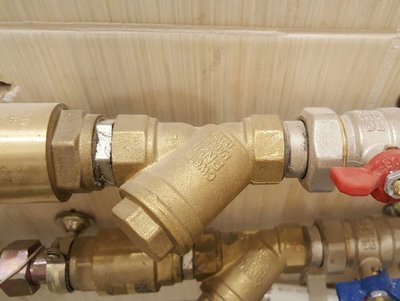
Normal operation of the device guarantees correct installation. Before installing any device, the circuit is cleaned of dirt and rust.
There are special markings on the mud collector that indicate the movement of liquid through the pipes.
The product is installed only in accordance with this pointer.
If the mechanism is not fixed correctly, hydraulic resistance will arise inside the structure.
Attention! The mudguard provides the circulation pump with protection against debris getting to the blades. If you refuse to use it or install it incorrectly, then the likelihood of engine and impeller failure will increase.
Fine water purification
Fine dirt collector is additional filter, designed to remove small fractions.
Design
There are several designs of such a device:
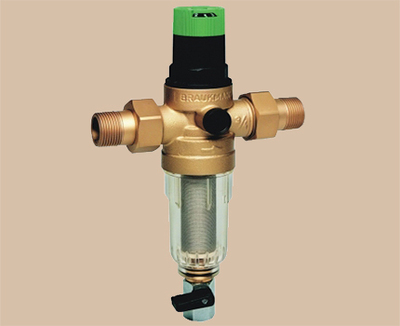
- with metal mesh up to 5 µm-microns;
- with a cartridge made of fabric folded in several layers;
- with polymer porous filler;
- with mineral sorbent filling.
Operating principle
The operating principle of such filters: water passes through the cassette and small fractions settle on its surface.
After this, the coolant moves through the pipeline without contamination. The fine-cleaning mud collector cannot cope with large fractions, so it is not used as an independent filter. This is only the last stage of the purification system heating circuit.
Advantages
The main advantage of the filter is that it cleans the coolant from small particles of dirt. This increases the operational life of the circuit, as the risk of corrosion is reduced.
Where and how is it installed?
Such a mud collector installed on horizontal pipes. It is located between the taps to shut off the water flow during maintenance.
Important! If the heating system uses something other than water, antifreeze, then a fine filter cannot be installed, since such liquid does not pass well through this device.
A fine cleaning mud collector is mounted on a pipe in the direction of the water flowThe filter cannot be installed in any other way.
Fine cleaning devices reduce the risk of an emergency situation.
Magnetic mudguard models
A magnetic filter for a heating system is a device made of two magnets with polar poles that are placed opposite each other. Such a device cleans the coolant not from pollution, but from metals.
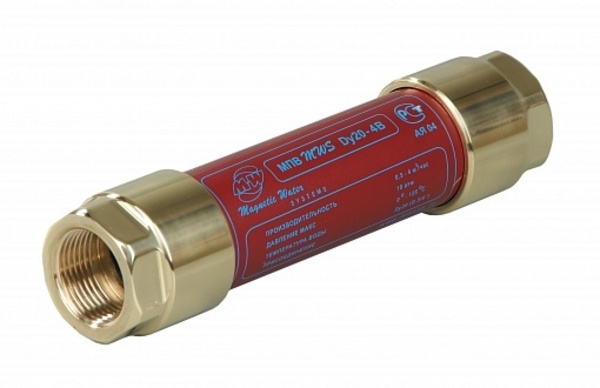
Photo 2. Magnetic filter for cleaning heating systems from metals. Installed on a pipe.
Design
There are two types according to design magnetic filters:
- Removable model. Such a device consists of two plates that are fixed on the pipe. The advantages of the device are that it is quickly replaced and easily installed.
- Non-removable mudguard. It is a pipe made from ferromagnetic alloys.
Operating principle
Opposite poles of a magnet attract metals present in the coolant. Once they enter the filter's area of action, they settle on its surface.
Advantages
Advantages of a magnetic filter:
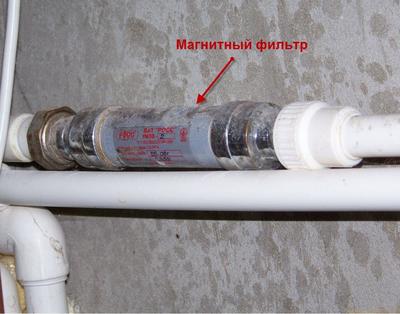
- the device gets dirty slowly, so it is not cleaned for several years;
- prevents scale formation on pipes and radiators;
- increases the service life of the heating circuit by freeing the coolant from metals.
Installation rules
Device mounted only in front of the circulation pump. A place with the same cross-section of the pipe and mud collector is selected.
The magnetic filter is being installed only vertically. The device is attached with special brackets.
Useful video
Watch the video to learn how to properly clean the coarse filter.
Maintenance of mud filters
Maintenance is carried out for each type of filter. The devices require regular cleaning. During the heating season, the mud collectors are checked once a month. In the spring-summer period, such manipulation is not carried out. The exception is the magnetic filter, which does not get dirty for several years, so it does not need regular cleaning.
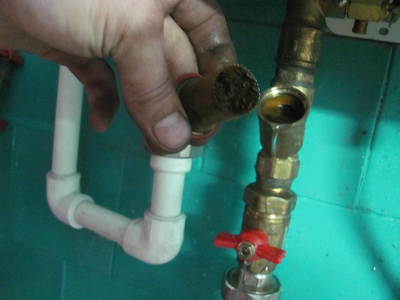
Device cleaning algorithm:
- turn off the taps installed near the device to avoid water leakage;
- Place a container under the appliance to drain any remaining liquid;
- remove the mudguard plug;
- wash the mesh thoroughly;
- fix the element in place;
- return the plug to its original position;
- open the taps.
Installing filters and cleaning them regularly extend the service life of the heating system.







Comments